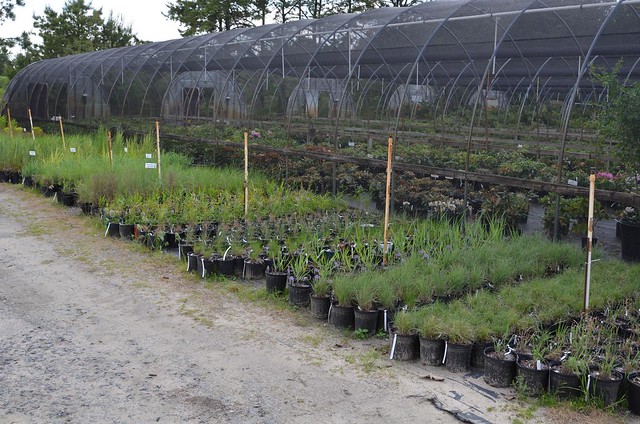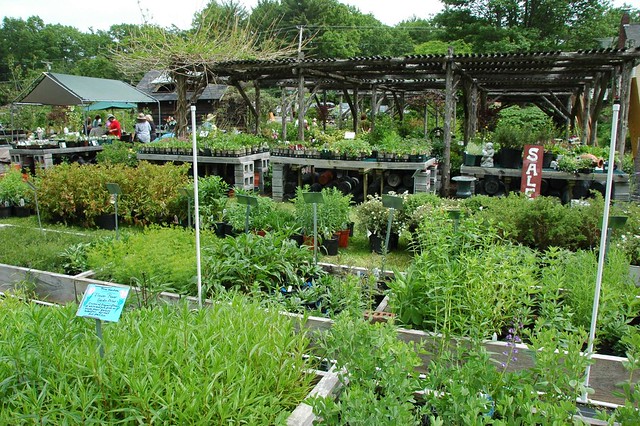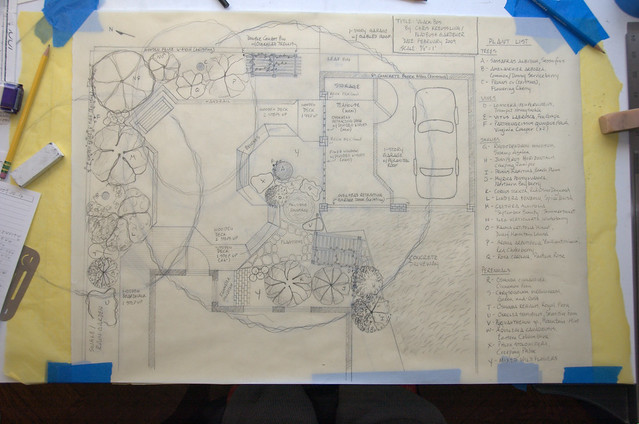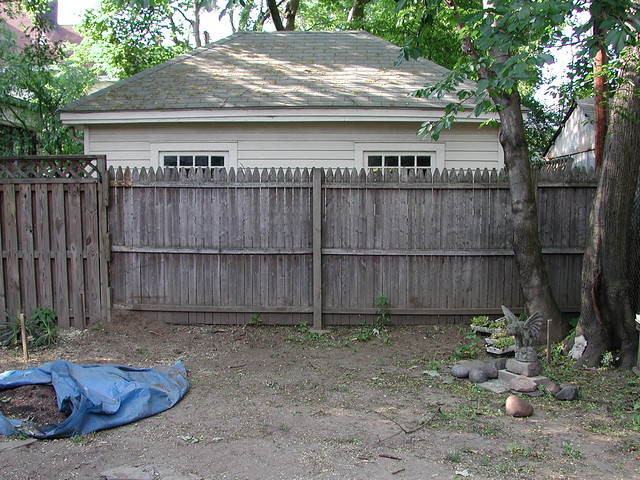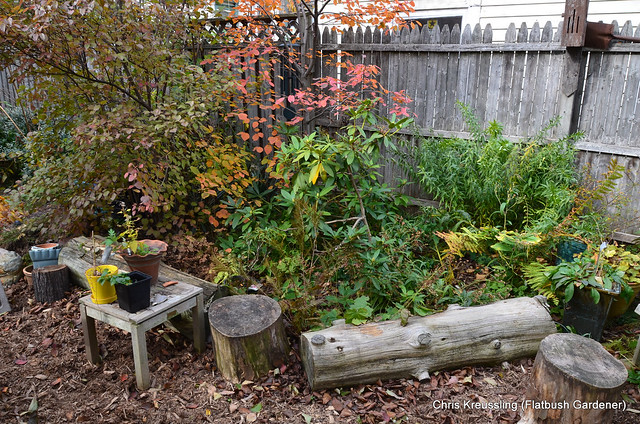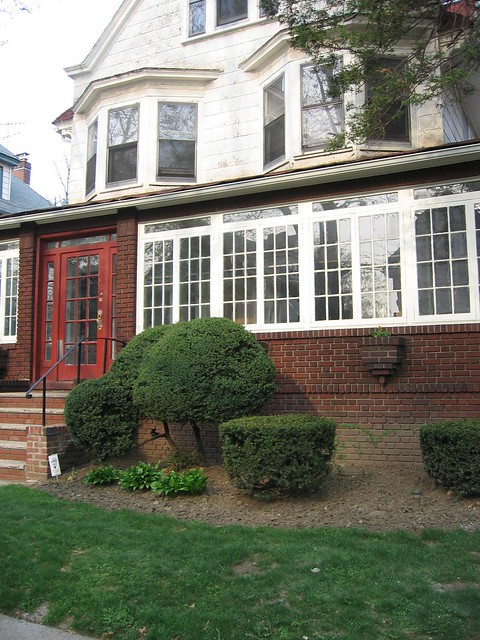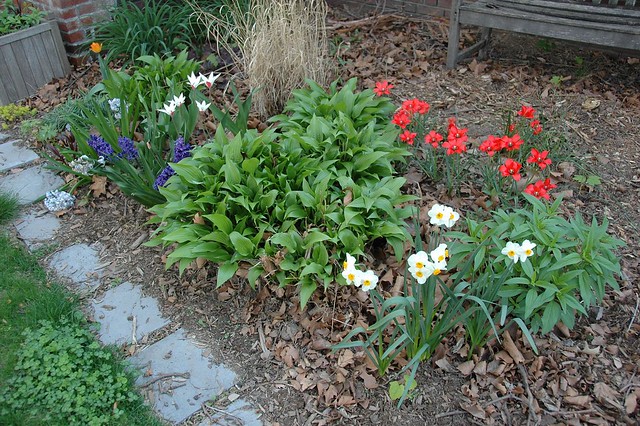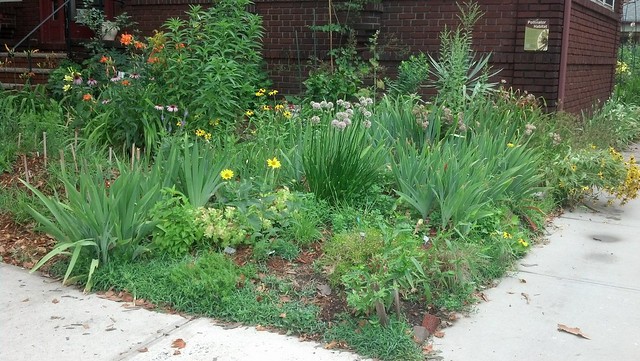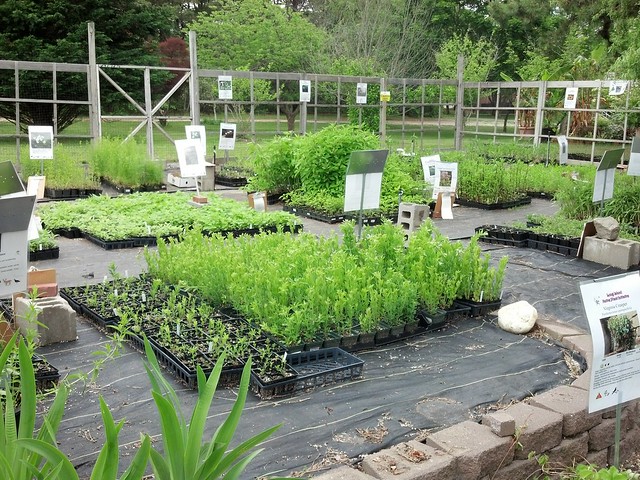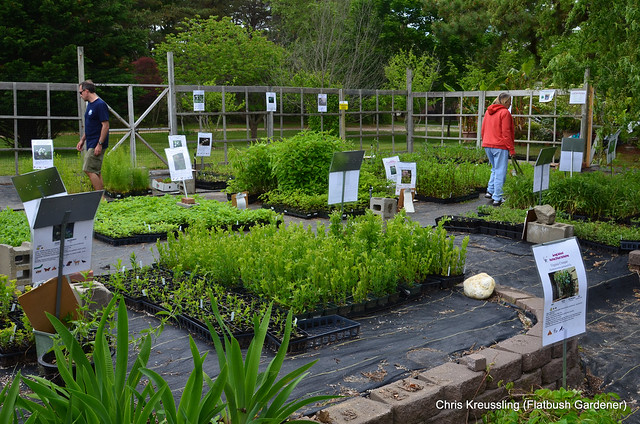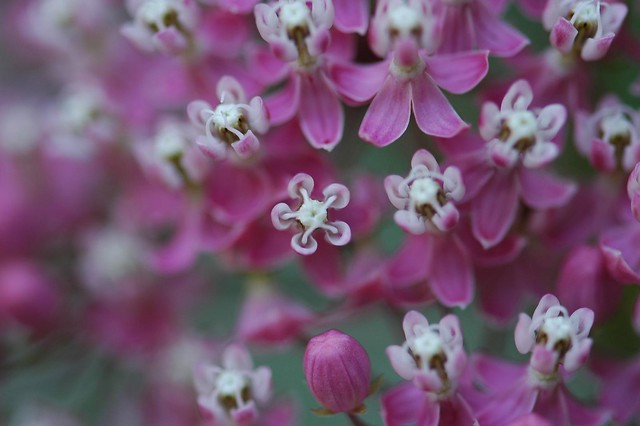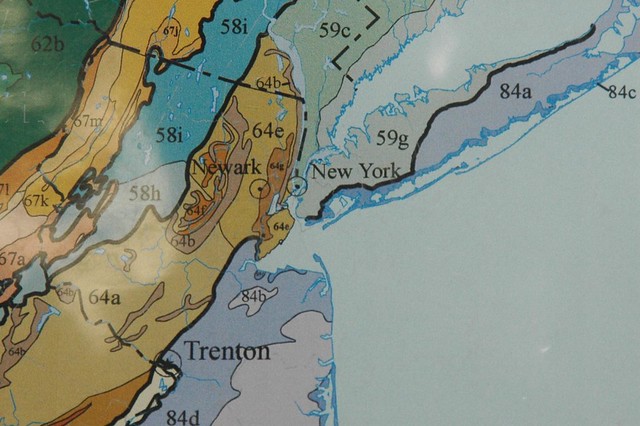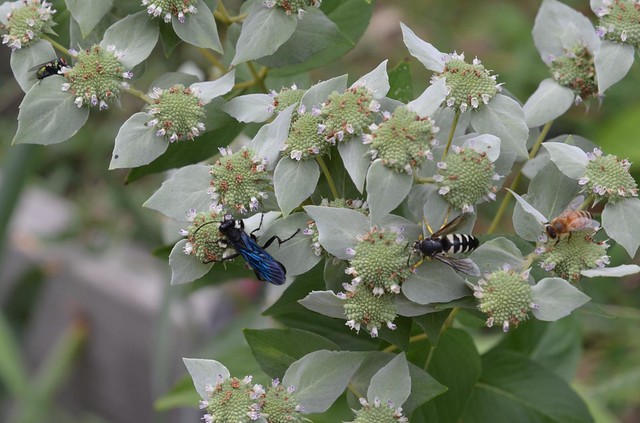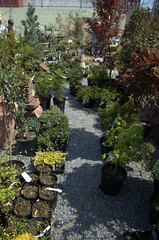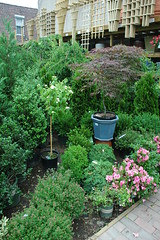2016-04-12: Added the LINPI Plant Sale dates.
Seasonal sales are one of the best ways to acquire a wide variety of native plants. It’s best to do your homework before you go, so you have an idea of your conditions, the kinds of plants that would do well on your site, and your goals for your native plant garden, e.g.: habitat, fall foliage, flowers for cutting. If you’re planting to attract insects and wildlife, prefer straight species over cultivars, and local growers over mass-market names.
All the events listed here are within a 90 minute drive from my home in the geographic center of Brooklyn. If you know of any that aren’t listed here that you think should be, please let me know, either with a comment below, or by sending me a link to the event on Twitter.
Saturday, April 23, 2016
9am-2pm
Musconetcong Watershed Association (MWA) Native Plant Sale
MWA River Resource Center, 10 Maple Avenue, Asbury, NJ. 08802
Includes plants that are only distantly native, e.g. Midwest natives, and more cultivars than straight species. But they also offer plants from local growers.
11am-2pm
Pinelands Preservation Alliance (PPA) Earth Day Native Plant Sale
PPA Headquarters, 17 Pemberton Road, Southampton, NJ 08088
Growers include Pinelands Nursery and New Moon Nursery.
Hit or miss. Two years ago they had a great selection. Last year was a complete bust. They were already sold out of nearly everything when I arrived there shortly after they opened. For this reason, I’m reluctant to waste the time, fuel, and tolls to return on what’s essentially a gamble. They have a members-only preview sale the day before, but that’s a work day for me.
Sunday, April 24, 2016
Time TBA
Great Flatbush Plant Swap
Flatbush Food Co-op, 415 Cortelyou Road (between Rugby & Marlborough Roads), Brooklyn, New York 11226
You don’t to bring anything to take home a plant, and all plants are free! Quantities are limited; bring plants or seedlings from own garden to add to the swap, and “earn points” to take home more plants!
I will bring native plants from my own garden, and curate the native plants contributed by others.
Saturday, April 30, 2016
10am-1pm
Manhattan Chapter of the North American Rock Garden Society (MCNARGS) Annual Plant Sale
El Sol Brillante Community Garden, 522-528 East 12th St (between Avenue A & B), New York, NY 10009
While not specifically a native plant sale, they have a wide selection of native plants. The garden is also beautiful in its own right, and worth a visit.
10am-1pm
Westchester Community College Native Plant Center Native Plant Sale
Westchester Community College, 75 Grasslands Road, Valhalla, NY 10595
Parking in Visitor Lot #1
Wide variety of plants, from many different sources. Many/most are cultivars, rather than straight species.
May 20 & 21
Friday, May 20, 3-6pm, Saturday, May 21, 9am-12noon
D&R Greenway Land Trust Spring Native Plant Sale
D&R Greenway Johnson Education Center, One Preservation Place, Princeton, New Jersey 08540
Saturday, May 21, 9am-1pm
Hudson Highlands Nature Museum Native Plant Sale
Outdoor Discovery Center, Muser Drive, across from 174 Angola Road, Cornwall, NY 12518
June 3-4
Friday&Saturday, June 3&4
Long Island Native Plant Initiative (LINPI) Native Plant Sale Fundraiser
Suffolk County Community College (SCCC) Eastern Campus, 121 Speonk-Riverhead Road, Riverhead, NY 11901
Offers Long Island regional ecotypes propagated by NYC Parks’ Greenbelt Native Plant Center, the only retail source for these plants.
Saturday, June 4
New Jersey Audubon Native Plant Sales
Two sales the same day, at two different locations:
9am-4pm, NJ Audubon’s Scherman Hoffman Wildlife Sanctuary, 11 Hardscrabble Rd, Bernardsville, NJ 07924
11am-3pm, NJ New Jersey Audubon’s Plainsboro Preserve, 80 Scotts Corner Road, Cranbury, NJ 08512
June 10&11
Friday&Saturday, June 3&4
Long Island Native Plant Initiative (LINPI) Native Plant Sale Fundraiser
Offers Long Island regional ecotypes propagated by NYC Parks’ Greenbelt Native Plant Center, the only retail source for these plants.
Dates to be announced
Audubon Greenwich Native Plant Sale
613 Riversville Road, Greenwich, CT 06831
Pre-Orders due April 30
Long Island Native Plant Initiative (LINPI) Native Plant Sale
Related Content
Native Plants Planting Plan, 2015-04-18
FAQ: Where do you get your plants?, 2015-01-03
Links
Long Island Native Plant Initiative (LINPI) Plant Sale
Pinelands Preservation Alliance Plant Sale
Spring Native Plant Sales Near Fairfield County (Warning: Site has pop-ups), Kim Eierman, Norwalk Daily Voice, 2016-04-18

